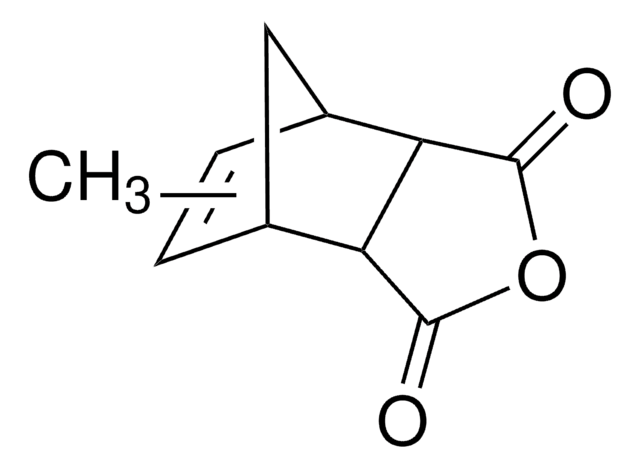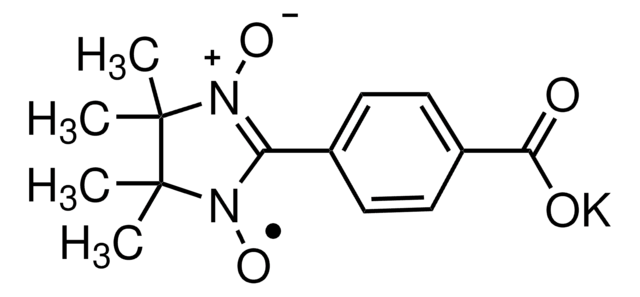228710
Sodium nitroferricyanide(III) dihydrate
ACS reagent, ≥99%
Synonyme(s) :
Nitroprusside sodium, SNP, Sodium nitroprusside, Sodium pentacyanonitrosylferrate
About This Item
Produits recommandés
Qualité
ACS reagent
Pureté
≥99%
Forme
crystals
Pertinence de la réaction
reagent type: catalyst
core: iron
Impuretés
≤0.01% insolubles
Traces d'anions
chloride (Cl-): ≤0.02%
sulfate (SO42-): passes test (lim. ~1%)
Chaîne SMILES
[Na+].[Na+].[H]O[H].[H]O[H].O=N[Fe--](C#N)(C#N)(C#N)(C#N)C#N
InChI
1S/5CN.Fe.NO.2Na.2H2O/c5*1-2;;1-2;;;;/h;;;;;;;;;2*1H2/q;;;;;2*-1;2*+1;;
Clé InChI
OIRZWVYIQXBRFC-UHFFFAOYSA-N
Vous recherchez des produits similaires ? Visite Guide de comparaison des produits
Description générale
Application
Mention d'avertissement
Danger
Mentions de danger
Conseils de prudence
Classification des risques
Acute Tox. 3 Oral
Code de la classe de stockage
6.1D - Non-combustible acute toxic Cat.3 / toxic hazardous materials or hazardous materials causing chronic effects
Classe de danger pour l'eau (WGK)
WGK 3
Point d'éclair (°F)
Not applicable
Point d'éclair (°C)
Not applicable
Certificats d'analyse (COA)
Recherchez un Certificats d'analyse (COA) en saisissant le numéro de lot du produit. Les numéros de lot figurent sur l'étiquette du produit après les mots "Lot" ou "Batch".
Déjà en possession de ce produit ?
Retrouvez la documentation relative aux produits que vous avez récemment achetés dans la Bibliothèque de documents.
Les clients ont également consulté
Notre équipe de scientifiques dispose d'une expérience dans tous les secteurs de la recherche, notamment en sciences de la vie, science des matériaux, synthèse chimique, chromatographie, analyse et dans de nombreux autres domaines..
Contacter notre Service technique
![Sodium nitroprusside dihydrate [disodium pentacyanonitrosyl ferrate(III) dihydrate] GR for analysis ACS,Reag. Ph Eur](/deepweb/assets/sigmaaldrich/product/images/350/751/c4f466f3-0750-4cb4-af8f-5942eba5d12f/640/c4f466f3-0750-4cb4-af8f-5942eba5d12f.jpg)







